The Houthi armed group has been launching missile and drone attacks on Israel since the start of the Hamas-Israel war in October 2023. While these actions have been undertaken to show solidarity with Gaza and the Palestinian cause, the Houthi utilised these attacks to increase its popularity in Yemen. Moreover, the Houthi group, which is mainly supported by Iran, used these attacks to prove that it is capable militarily of engaging with foreign powers, hence delivering a message to the Aden-based legitimate government and its Gulf allies that it is militarily ready to engage with them.
Multiple Benefits
The decision to launch attacks against Israel stems from a combination of ideological conviction, regional alignments, and domestic political calculations. The Houthi’s operations are designed to serve specific internal and external objectives as follows:
Firstly, the Houthi’s anti-Israel position is rooted in a distinct ideological framework. They raise the slogan of death to America and death to Israel, which aligns closely with the slogans of the Iranian revolution. This framing casts Israel as a colonial aggressor, particularly in the wake of its war in Gaza, which the Houthis describe as genocidal. Houthi leadership consistently presents their missile and drone strikes as a moral and religious duty in solidarity with the Palestinians, who have been starving since the start of the Israel-Hamas War.
These messages are reinforced through speeches that draw on Islamic references and historical grievances, helping the group construct a narrative of resistance that resonates beyond Yemen’s borders. For instance, in October 2023, the leader of the Houthis expressed his willingness to support the Palestinian people, affirming that his men are ready to fulfil their sacred duty toward the Palestinian people. Ideologically, this stance consolidates their base, legitimizes their actions, and distinguishes them from Sunni or secular factions, especially as they seek to portray themselves as a resistance force against western imperialism.
Secondly, The Houthis used their war with Israel to test new weapons, including hypersonic missiles, which strengthens their military capabilities. They also have developed the accuracy of these rockets, making them more capable of avoiding the Israeli Iron Dome and hitting targets. These attacks prove that the Houthi’s have developed their weapons since 2015 when they took over Sanaa by force before the Gulf countries engaged with them during Operation Decisive Storm.
Thirdly, the Houthis actions are closely tied to the continuity of the conflict between Hamas and Israel. Since November 2023, the Houthis started attacking Israel through ballistic missiles and drones, while targeting all ships heading to Israel in the Red Sea, which affected the global economy, and later pushed the United States and the UK to conduct attacks on Houthi military positions under Operation Prosperity Guardian, before agreeing to a truce in May 2025. This truce included ceasing all military actions between the U.S. and the Houthis, allowing the Houthis to continue attacking Israeli territory and Israeli ships in the Red Sea. This truce indicates that the Houthis managed to impose their agenda on the U.S. after the latter’s attacks have been proven inefficient in dismantling Houthi military capabilities. While this agreement was concluded through indirect talks that have been intermediated by Oman, it implicitly granted the Houthis legitimacy despite not being recognized by the global community.
Since the Houthis started attacking Israel in November 2023, they have used at least 60 ballistic missiles and 310 suicide drones, many of them have been intercepted by the Israeli Air Defence or the U.S. ships in the Red Sea. The most notable attack was in July 2024 that resulted in the killing of one Israeli and the injury of 10 others, marking the first fatal attack on Israel by the Houthis. The Houthis also called for several gatherings to express support for Gaza, while the announced purpose of these gatherings is supporting Gaza, the Houthis used them to enhance their popularity, claiming that it is the only regional power that can defy the U.S. and Israel in the region. Moreover, the Houthis used its attacks on Israel to increase its military power through recruiting new members. Some reports indicate that the Houthis recruited around 200,000 new members since November 2023.
Fourthly, Iranian support plays a critical role in shaping the Houthis regional posture. Tehran provides funding, advanced weaponry, and military training, enabling the group to expand its operational range and strike targets over 2,000 kilometres away. These attacks allow Iran to exert pressure on Israel and the U.S. through proxy warfare, while avoiding direct confrontation. In return, the Houthis benefit from access to evolving military technologies, which they have used to escalate the conflict by targeting infrastructure like Ben Gurion Airport. This mutually reinforcing relationship extends Iran’s influence in the Red Sea and Yemen while allowing the Houthis to portray themselves as a regional actor capable of challenging stronger adversaries.
Observable Losses
While the Houthis have managed to achieve some benefits from attacking Israel, they have also suffered human and material losses. Since the beginning of the U.S. air campaign, reported casualty figures have varied significantly. According to Houthi sources, particularly the Houthi-run Ministry of Health, over 230 people were killed and more than 560 were injured between 2024 and mid-April 2025 with 106 deaths and 314 injuries in 2024 alone, with an additional 123 deaths and 247 injuries recorded between mid-March and April 15, 2025. The Houthis have also pointed to incidents involving high civilian casualties, such as an airstrike on a detention centre in Saada that allegedly killed 68 African migrants, and another on the Ras Isa oil terminal that reportedly left at least 80 dead and over 150 wounded.
On the other hand, U.S. and independent assessments largely emphasize combatant casualties, estimating that around 500 to 600 Houthi fighters have been killed. These sources tend to downplay or deny significant civilian harm, with the U.S. insisting that its strikes are strictly aimed at military targets. However, various reports from humanitarian organizations suggest that civilians, including women and children, have indeed been among the casualties.
Moreover, Israeli airstrikes in 2024 and 2025, combined with U.S. attacks have inflicted substantial material losses on the Houthis. These operations targeted critical military infrastructure such as missile storage sites, radar installations, and command centres. For instance, on May 6, 2025, Israeli warplanes launched airstrikes on Sanaa International Airport in response to a Houthi missile attack near Israel’s Ben Gurion Airport. The strike caused severe damage to airport infrastructure, causing damage that accounted for approximately $500 million. The attack also disrupted humanitarian and civilian air operations in northern Yemen. Additionally, Israel attacked the Hudaydah port on July 20, 2024, which followed a Houthi drone attack on Tel Aviv. The airstrike destroyed much of the port’s fuel storage capacity, damaged docks and cranes, and killed at least 14 people, mostly workers from the Yemen Petroleum Corporation, while injuring over 90 others. The estimated damage exceeded $20 million, severely impacting a key humanitarian lifeline. Additionally, on 28 May, Israel attacked Sanaa airport again, destroying the last civil plane operated by Yemeni airways.
According to United States Central Command (CENTCOM), more than 150 Houthi missile systems have been destroyed, including anti-ship, land-attack, and surface-to-air rockets. The U.S. focused heavily on targeting underground storage sites in places like Sanaa, Saada, and Al Bayda, key hubs for storing and launching long-range missiles. In addition to missile strikes, the U.S. also hit drone sites, radars, command centres, and communication infrastructure. One major operation on Dec. 21, 2024 hit underground missile depots and command posts in Sanaa. Another on 17 April, 2025 targeted the Ras Isa oil terminal, one of the Houthis’ most important financial assets, dealing a serious blow to their revenue.
On the Israeli side, although fewer in number, their strikes were aimed at missile convoys suspected of being prepared for long-range attacks, including threats to Eilat and Red Sea navigation. While Israel didn’t confirm numbers, some reports say dozens of missile launchers and vehicles were hit. Altogether, the U.S. and Israeli attacks have weakened the Houthis’ ability to store, launch, and coordinate missile and drone operations. The strikes also disrupted their supply chains and forced them to shift to more mobile tactics instead of relying on fixed infrastructure.
The U.S. and Israeli strikes have caused significant financial losses for the Houthis, amounting to over $1.5 billion in damages. The most notable was the April 17, 2025, U.S. strike on the Ras Isa oil terminal, which alone caused an estimated $700 million in losses by destroying vital fuel infrastructure that funded Houthi operations through black-market sales. Israeli airstrikes also inflicted around $313 million in damage on Hudaydah Port, disrupting maritime trade and fuel imports, while the May 6, 2025, attack on Sanaa International Airport led to roughly $500 million in losses, crippling both civilian and logistical aviation. In addition to these direct costs, repeated strikes on missile production sites, drone workshops, and underground storage facilities have disrupted the group’s military supply chains and forced them to rely on more expensive, mobile operations, placing growing financial pressure on their ability to sustain the war.
In sum, the Houthis have managed to gain multiple benefits from their attacks on Israel, especially in terms of boosting their popularity, reinforcing their ideological narrative, and positioning themselves as a key regional player. Their operations helped them recruit thousands of new fighters and strengthened their ties with Iran. However, these gains came at a heavy cost. The group has suffered significant human losses, with hundreds of fighters killed, and critical infrastructure destroyed by U.S. and Israeli airstrikes. Key economic assets like Sanaa airport and Hudaydah port were heavily damaged, with the overall financial losses estimated at more than $1.5 billion.
References
Al Goidi, A. (2025). Fast-Moving Geopolitical Dynamics Challenge Yemen and the Houthis. Middle East Council on Global Affairs, https://mecouncil.org/blog_posts/fast-moving-geopolitical-dynamics-challenge-yemen-and-the-houthis/
Al Jazeera, Israel bombs Yemen’s Hodeidah port after attack near Tel Aviv airport, Al Jazeera, https://www.aljazeera.com/news/2025/5/5/israel-bombs-yemens-hodeidah-port-after-attack-near-tel-aviv
Al-Muslimi, F. & Juneau, T. (2025). New US attacks on the Houthis will not bring Iran to the negotiating table – but could provoke worse violence. Chatham House, https://www.chathamhouse.org/2025/03/new-us-attacks-houthis-will-not-bring-iran-negotiating-table-could-provoke-worse-violence
Badereldin, M. (2024). Houthi attacks cripple Israel’s Eilat Port, Ahram online, https://english.ahram.org.eg/NewsParis/527593.aspx
BBC. (2025). Israel attacks main airport in Yemen’s capital Sanaa, BBC. https://www.bbc.com/news/articles/c7050j07gedo
Ghobari, M., Taha, J. & Alaaeldin, M. (2025). Israel Strikes Yemen’s Hodeidah Port after Houthi attack on Israeli port. Reuters, https://www.reuters.com/world/middle-east/strikes-target-yemens-hodeidah-houthi-affiliated-tv-says-blaming-israel-us-2025-05-05/
Kube, K. & Lubold, G. (2025). Trump operation against Houthis cost more than $1billion, NBC News, https://www.nbcnews.com/politics/national-security/trump-operation-houthis-cost-1-billion-rcna205333
Robinson, K. (2025). Iran’s support of the Houthis: What to Know, Council on Foreign Relations, https://www.cfr.org/in-brief/irans-support-houthis-what-know

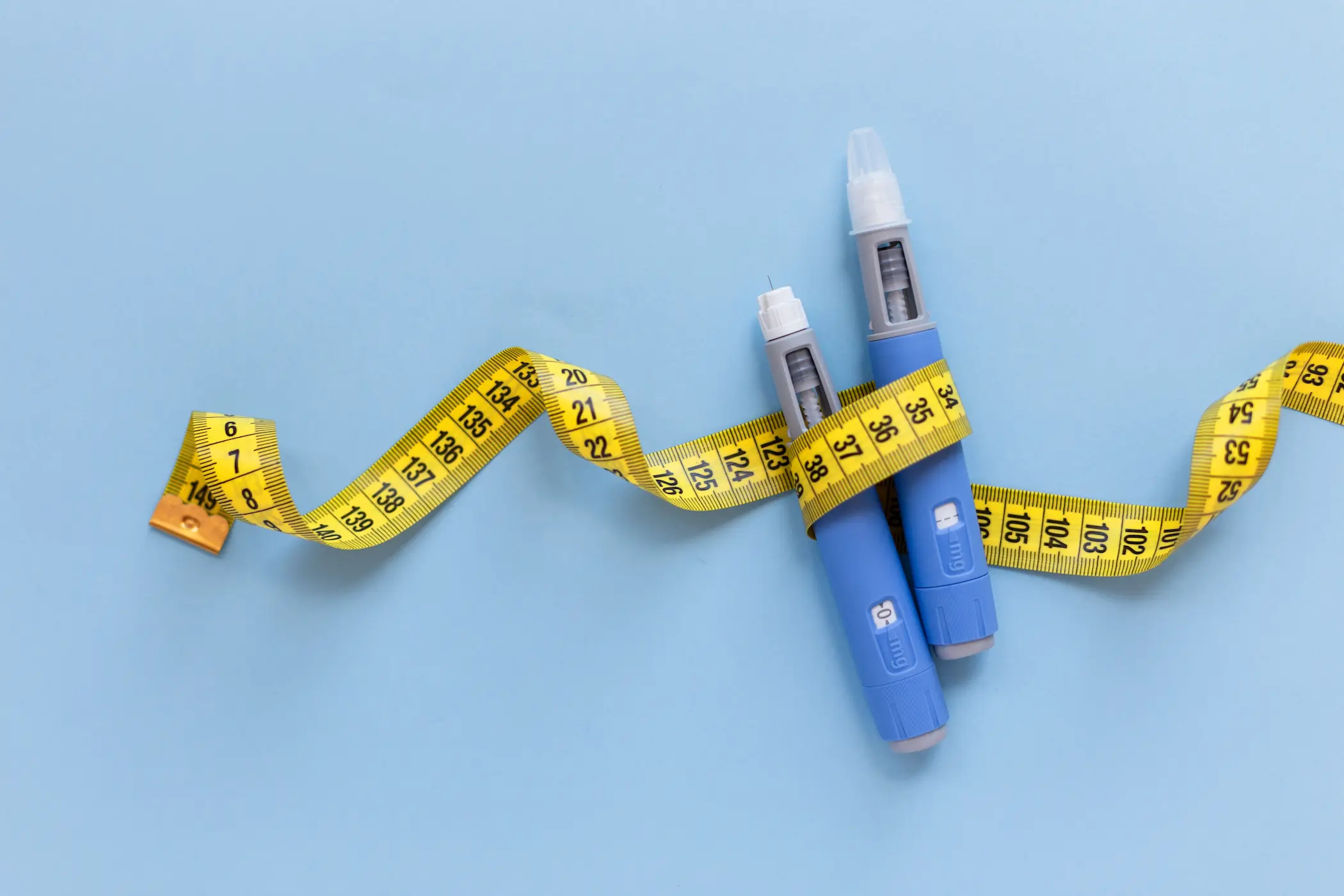

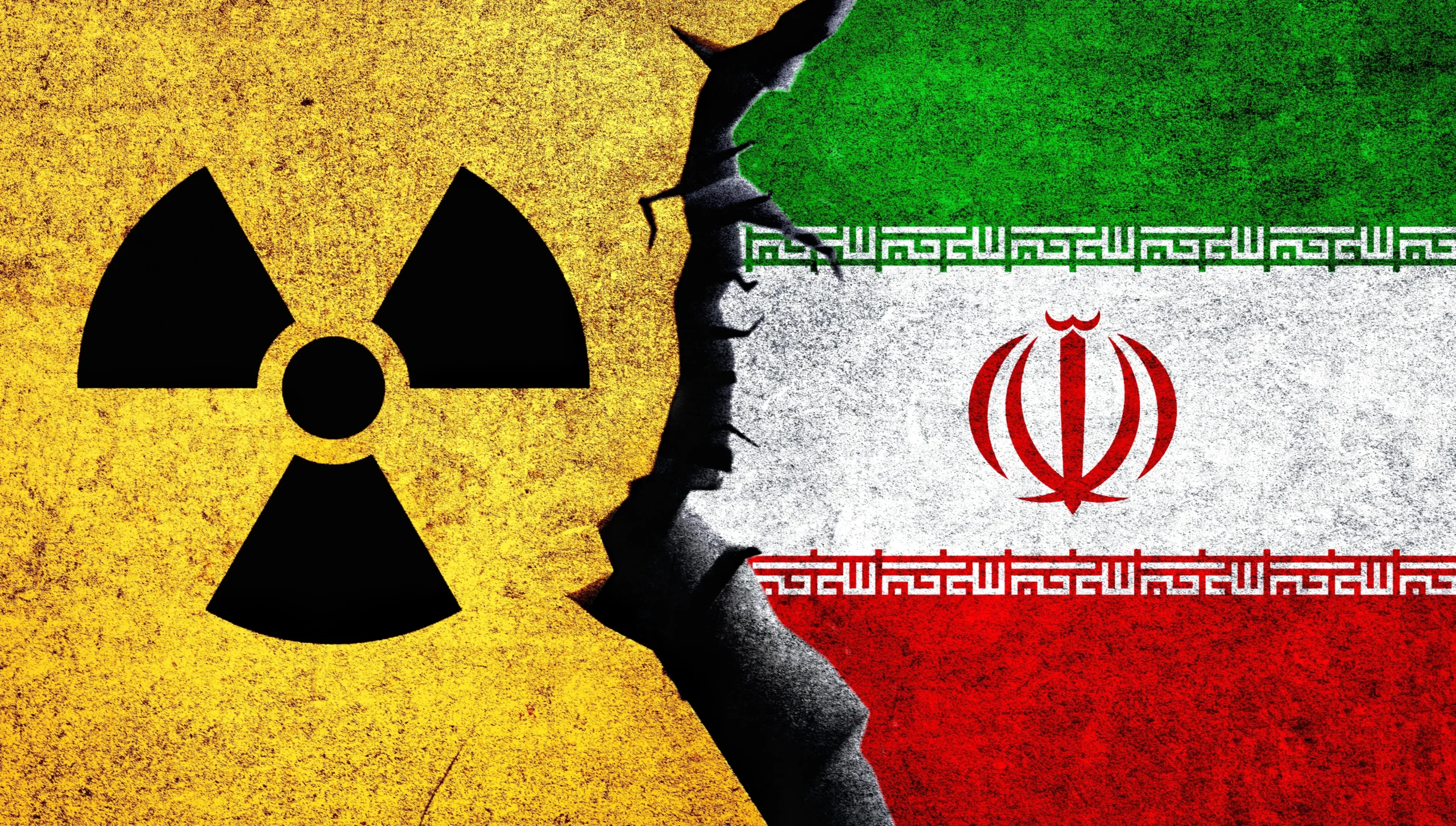
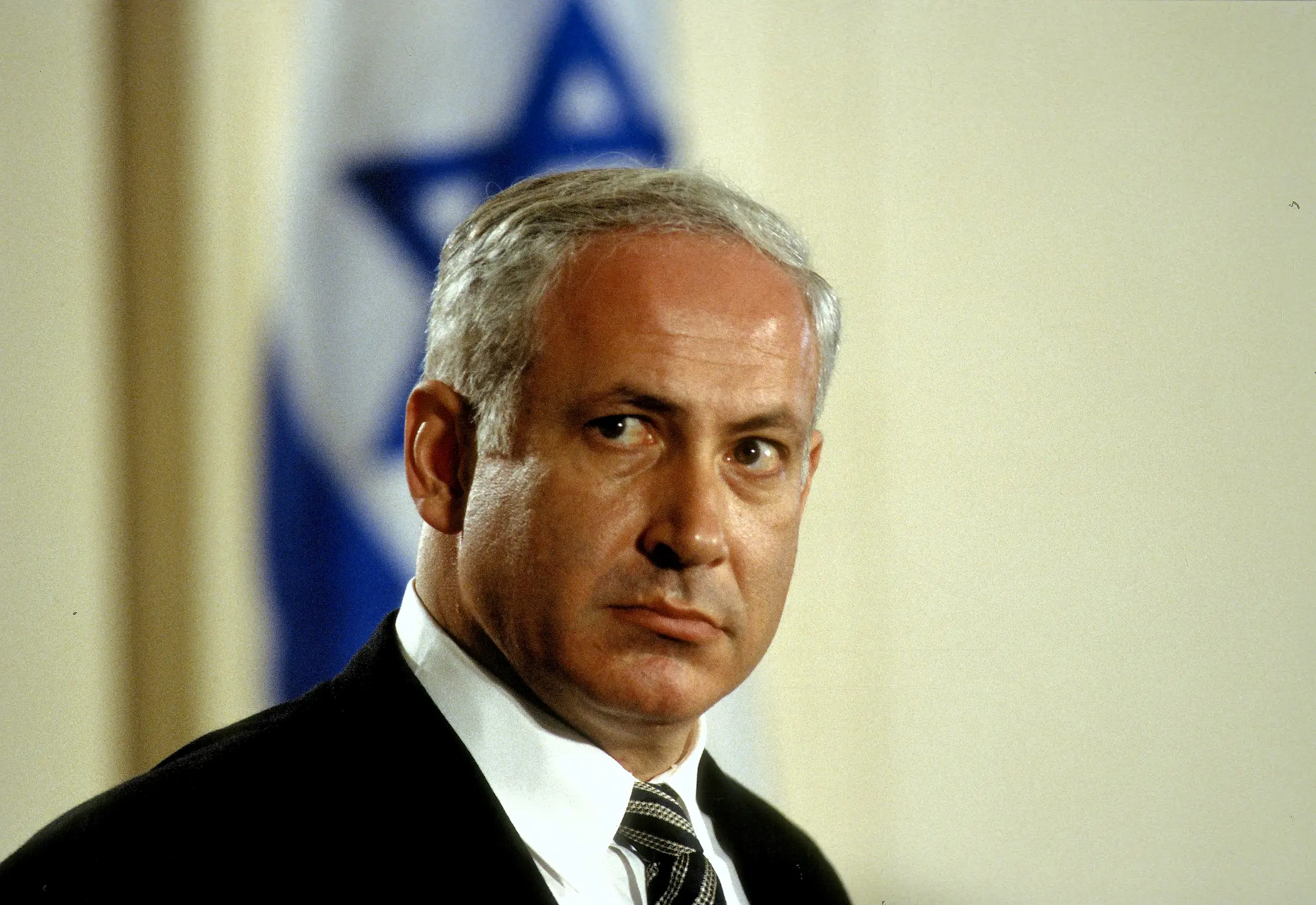

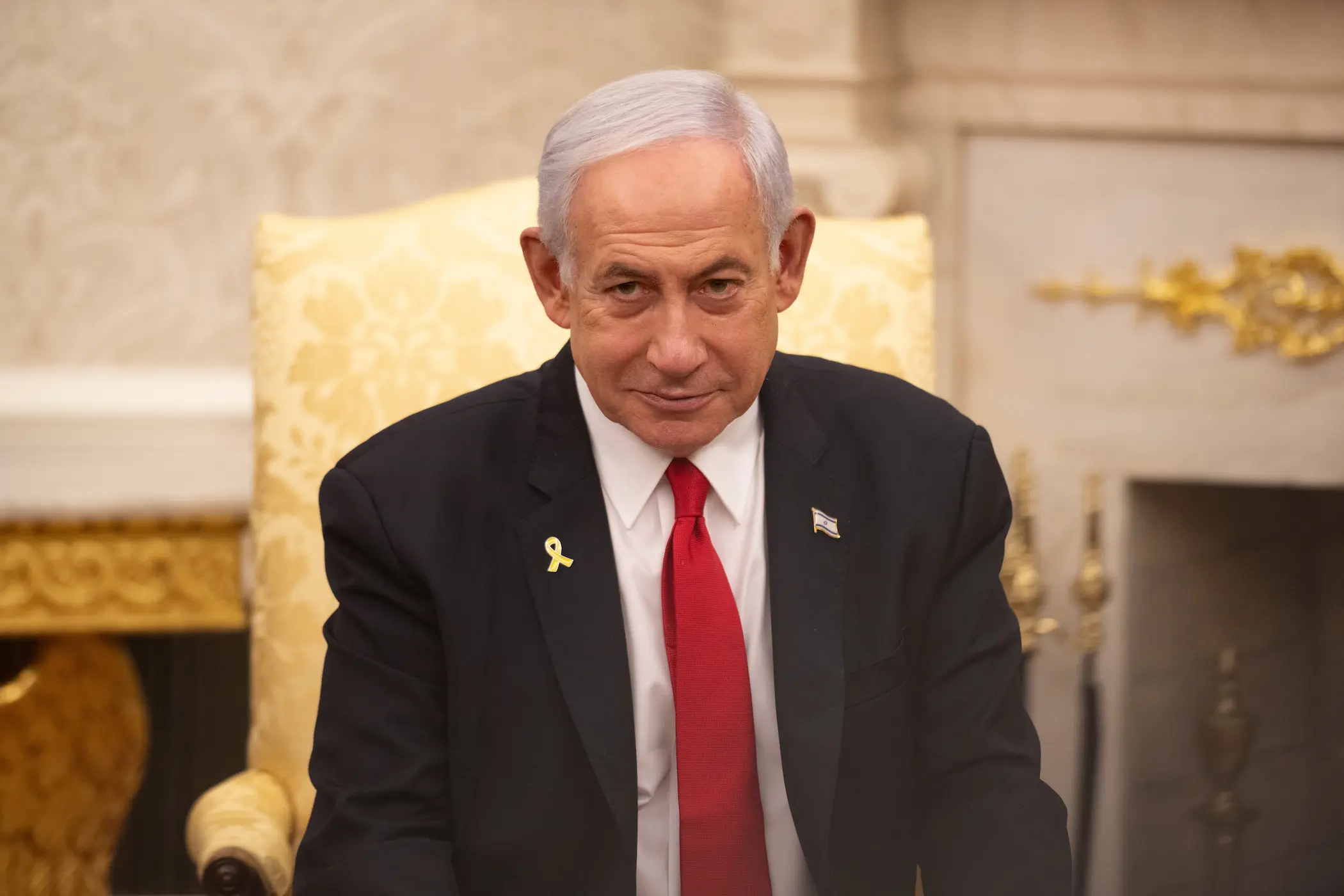


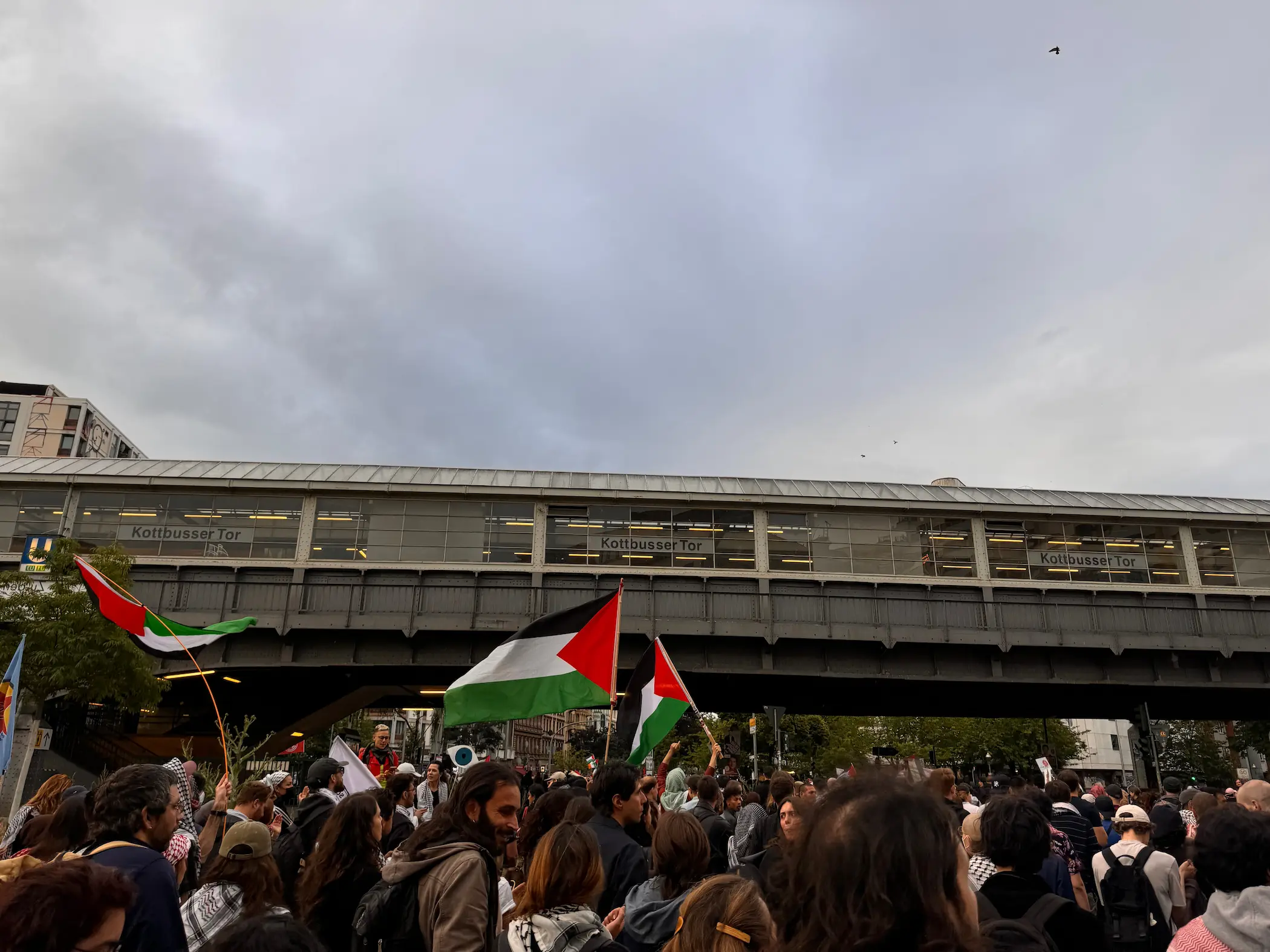
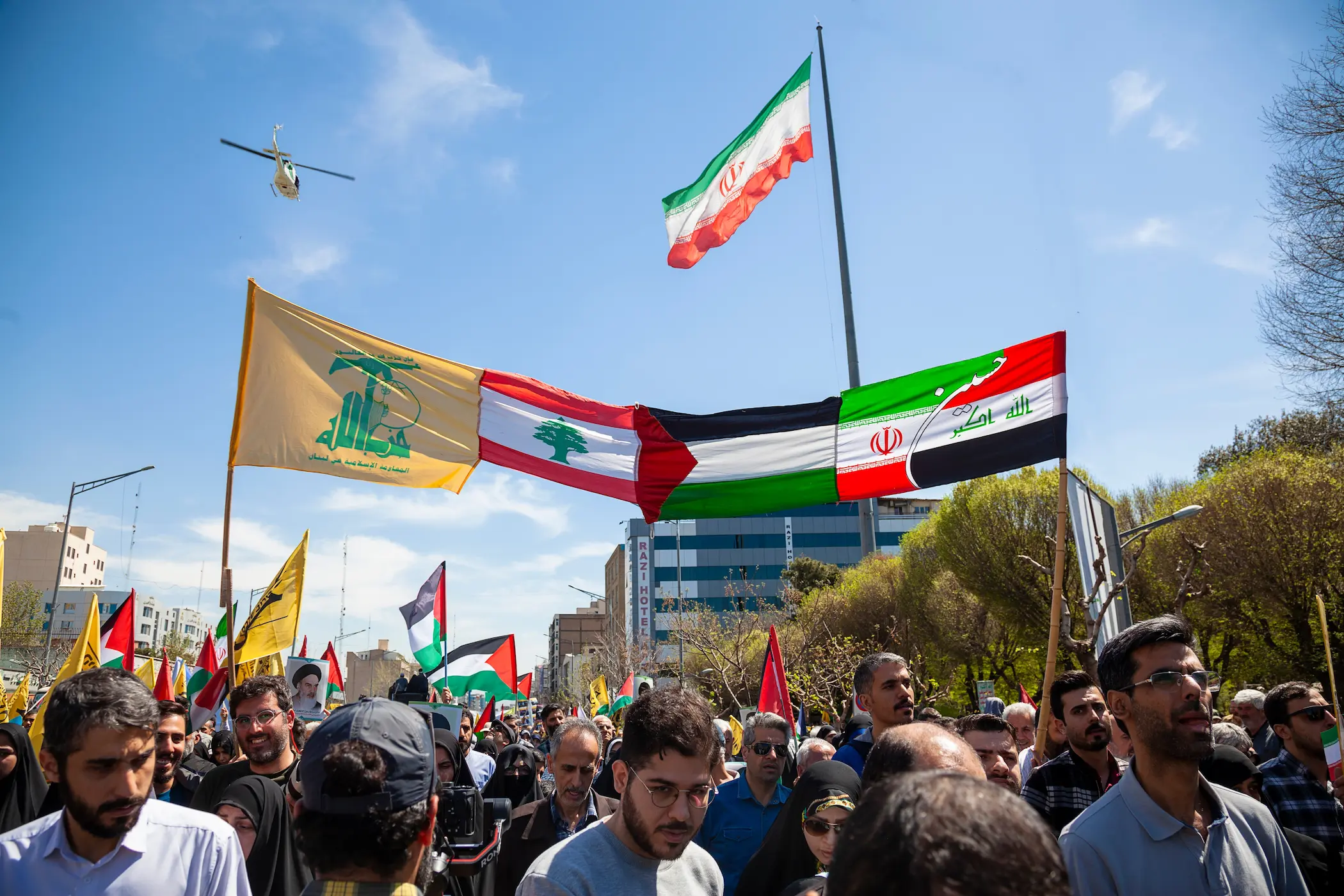
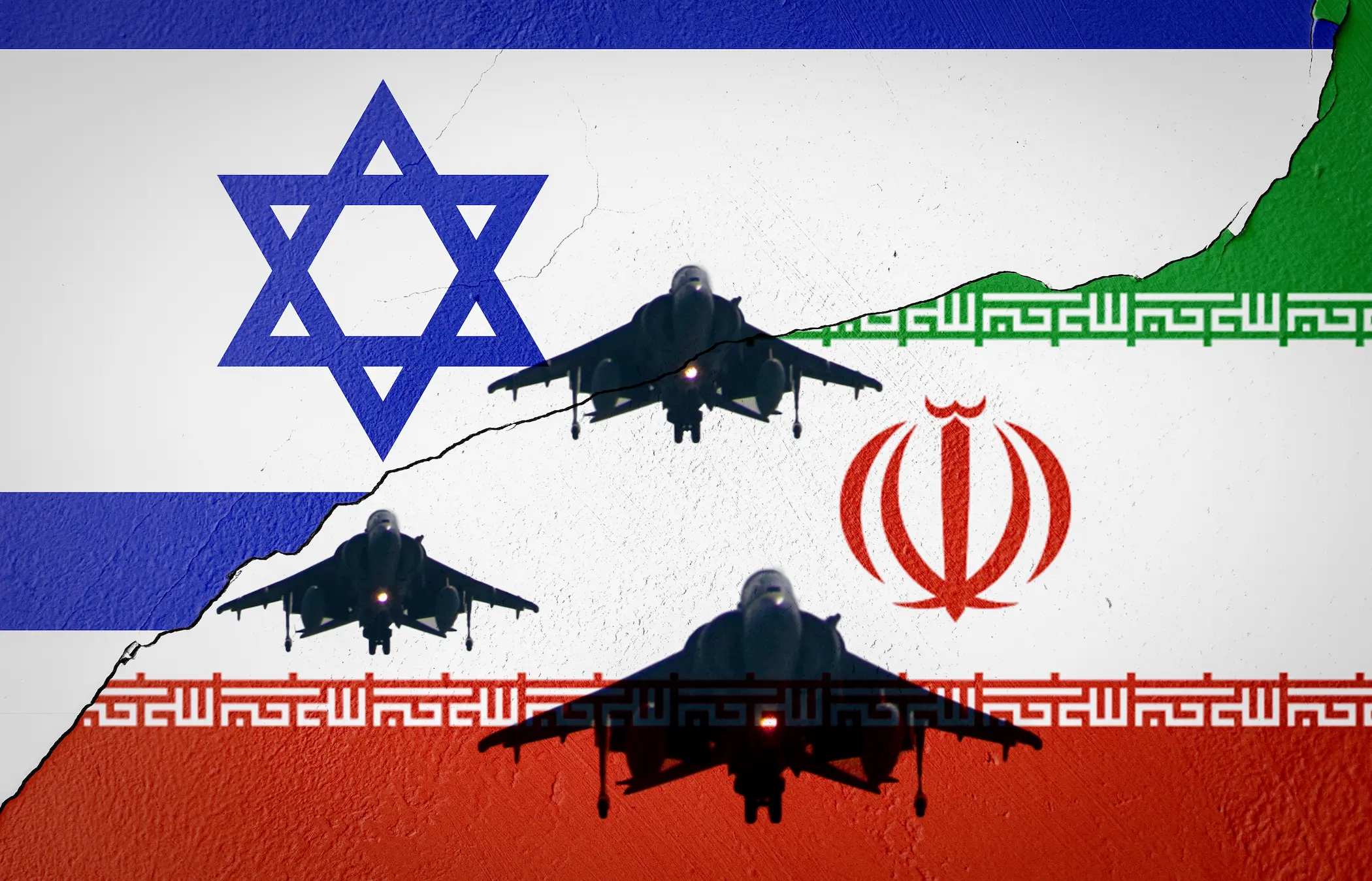
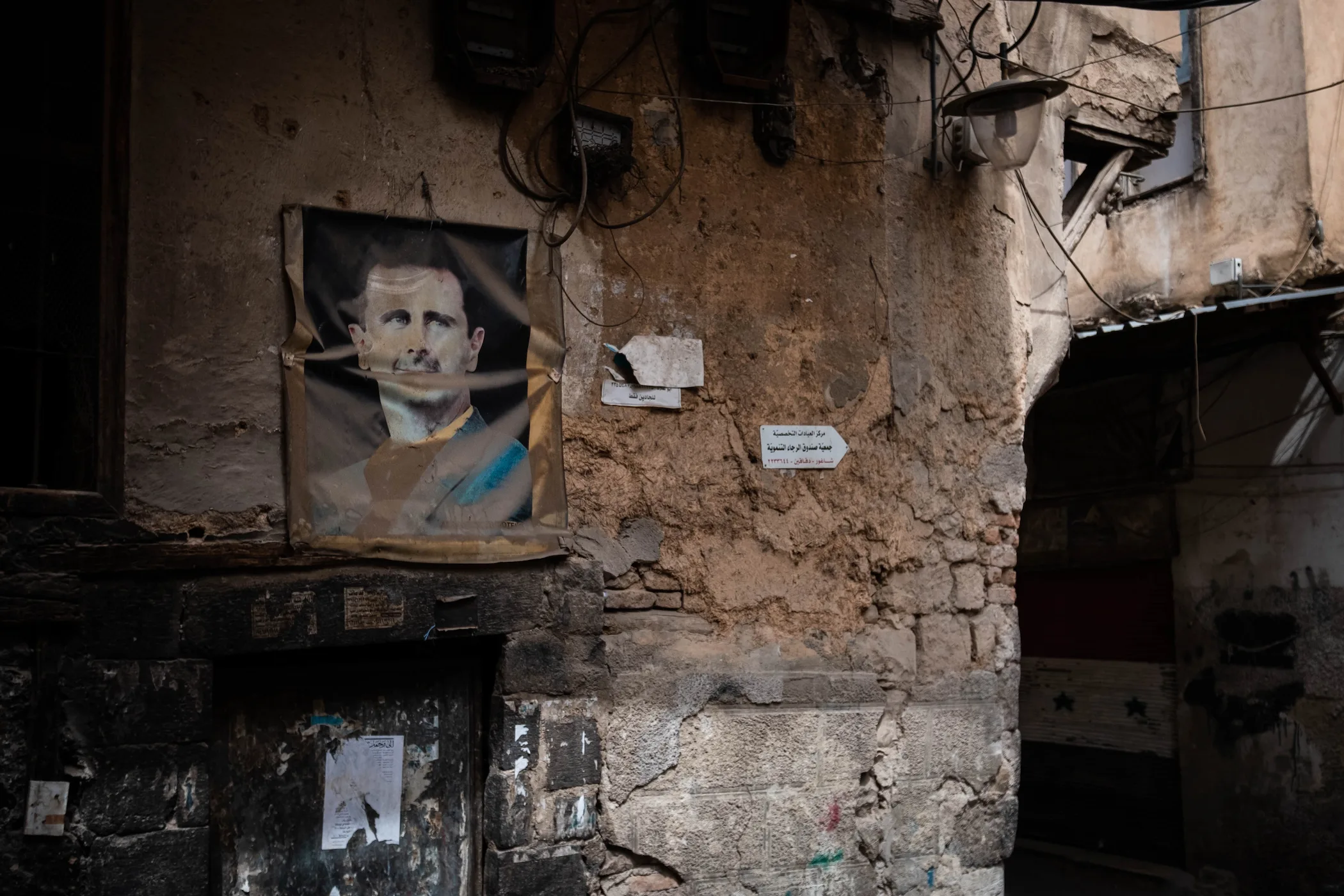


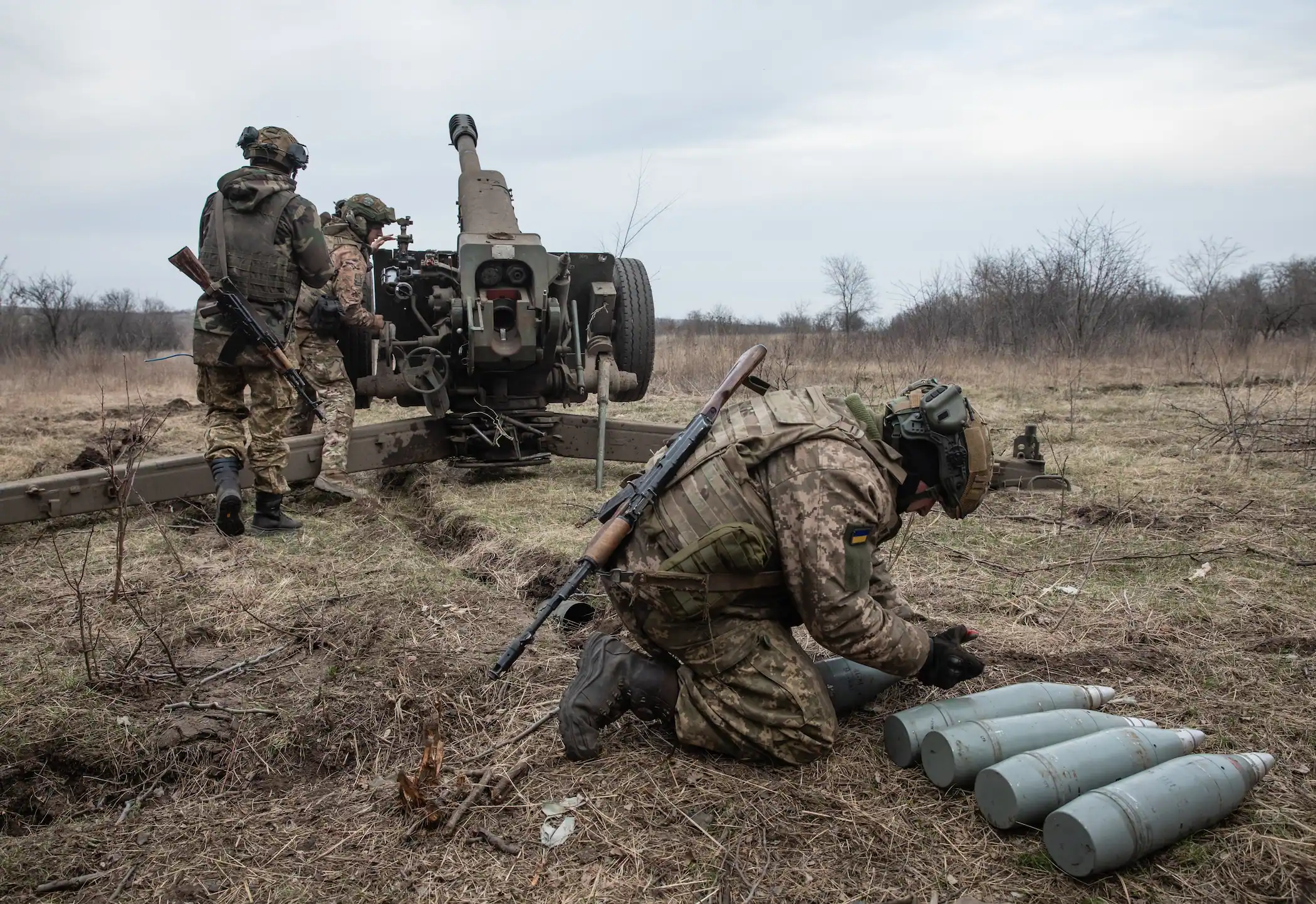



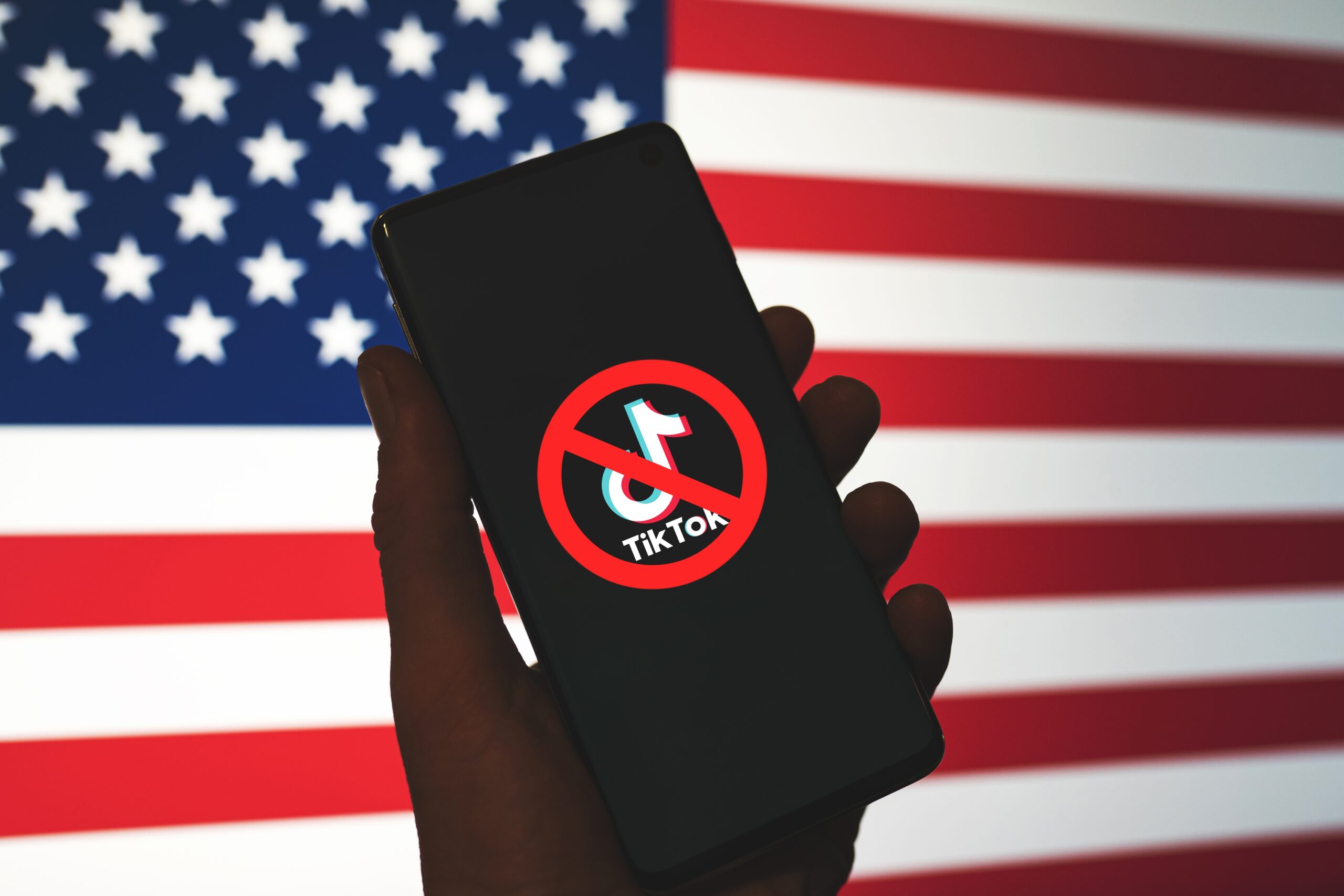
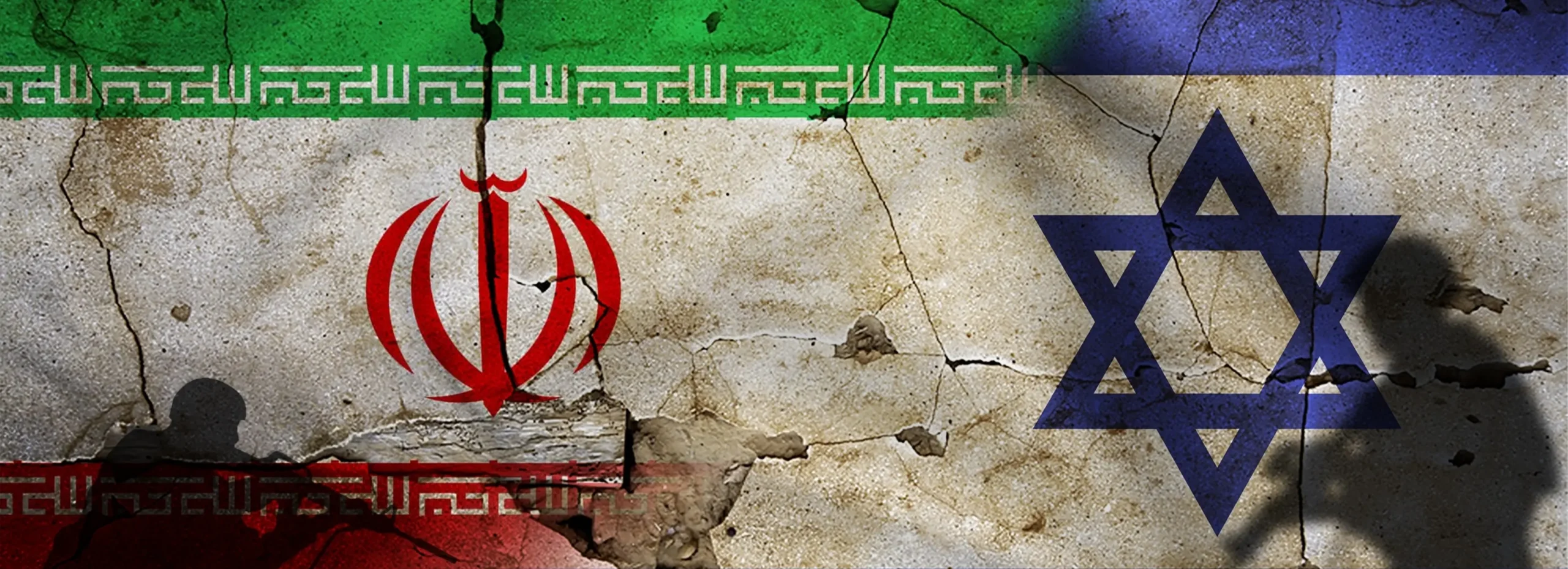
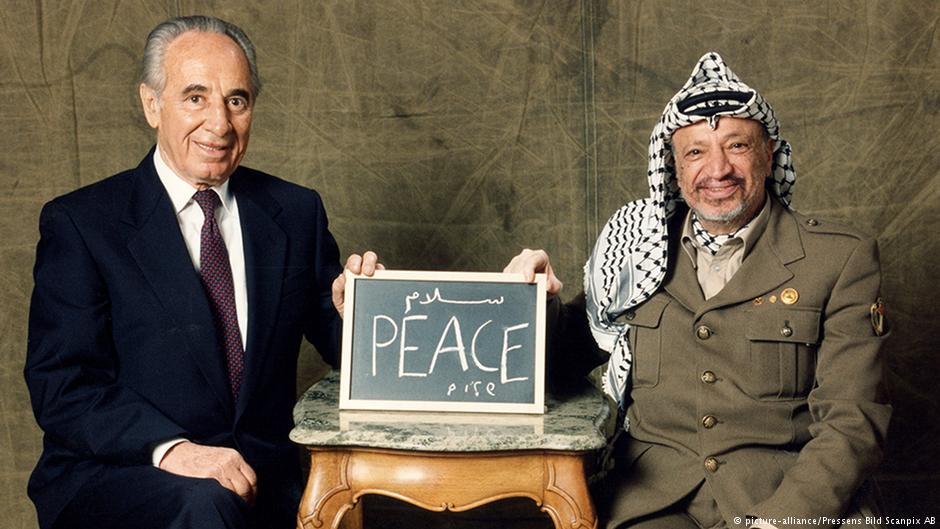
Comments